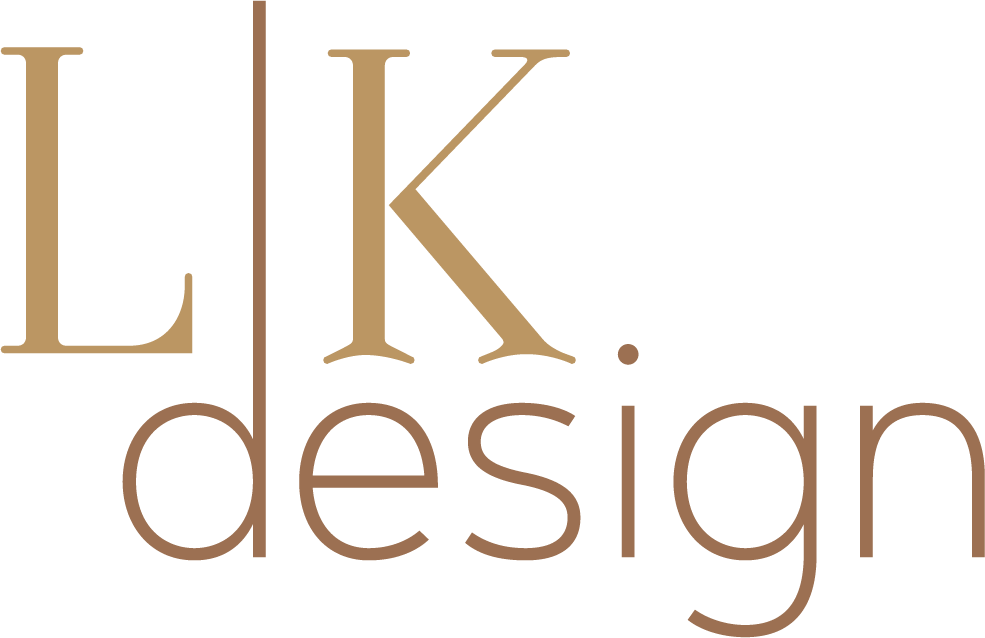As a luxury design expert with years of experience in creating bespoke spaces for individuals, I’m often asked what sets apart the best from the rest. In this post, I’ll share my expertise on how to incorporate rhythm, cadence, vibrato, and harmony into your design to create a truly exceptional space that reflects your unique style.
What’s the Rhythm?
In music, rhythm refers to the pattern of strong and weak beats that give a song its pulse. In design, it’s about creating a visual flow that draws the eye through the room. To achieve this rhythmic effect, consider these tips:
- Balance: Ensure your furniture is balanced in terms of scale and proportion.
- Repetition: Use repeated shapes or motifs to create visual harmony.
- Variety: Mix and match different textures, colors, and patterns to add depth.
For example, a living room with a statement piece of art on the wall can be anchored by a low-profile coffee table in a matching color scheme.
Cadence: The Beat Goes On
In music, cadence refers to the way notes are connected. In design, it’s about creating visual connections between elements. To achieve this cadential effect:
- Visual pathways: Guide the eye through the room using lines, shapes, or patterns.
- Focal points: Create areas of interest by grouping objects together.
For example, a living room with a statement piece of art on the wall can be anchored by a low-profile coffee table in a matching color scheme.
Vibrato: Adding Emotional Depth
In music, vibrato refers to the slight wavering or variation in pitch. In design, it’s about adding emotional depth through subtle variations:
- Layering: Use different textures, colors, or patterns to add layering and interest.
- Contrast: Balance strong elements with softer ones.
For example, a modern minimalist space can be elevated by the introduction of natural textiles like wood or woven fibers to add warmth and visual interest.
Harmony: The Perfect Blend
In music, harmony refers to the blending of different notes to create a pleasing sound. In design:
- Color: Choose colors that work well together (complementary, analogous, triadic).
- Pattern: Use patterns that complement each other.
- Style: Select furniture and decor with a cohesive style.
For instance, a sleek modern kitchen can be harmonized by incorporating natural materials like wood or stone to create a sense of balance and cohesion.
By incorporating rhythm, cadence, vibrato, and harmony into your design, you’ll create a space that’s not only visually stunning but also emotionally resonant. Remember:
- Balance is key
- Visual pathways guide the eye
- Layering adds depth
- Contrast creates interest
- Harmony brings it all together
